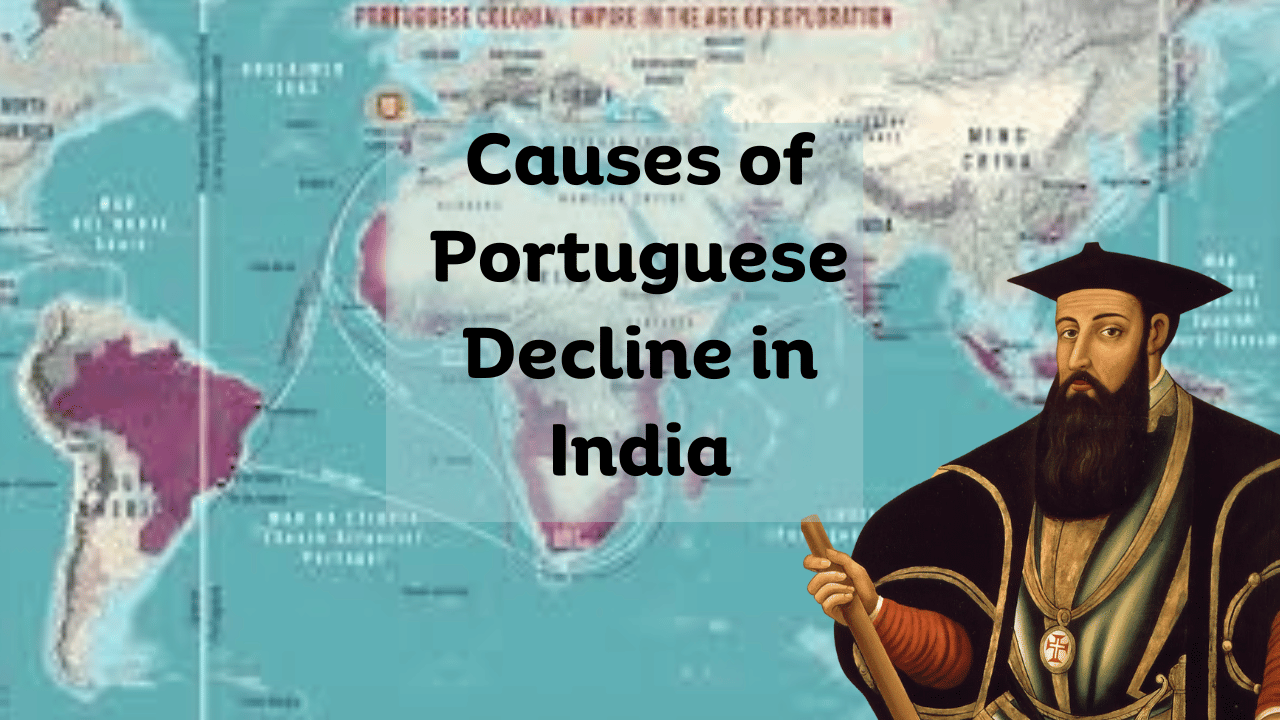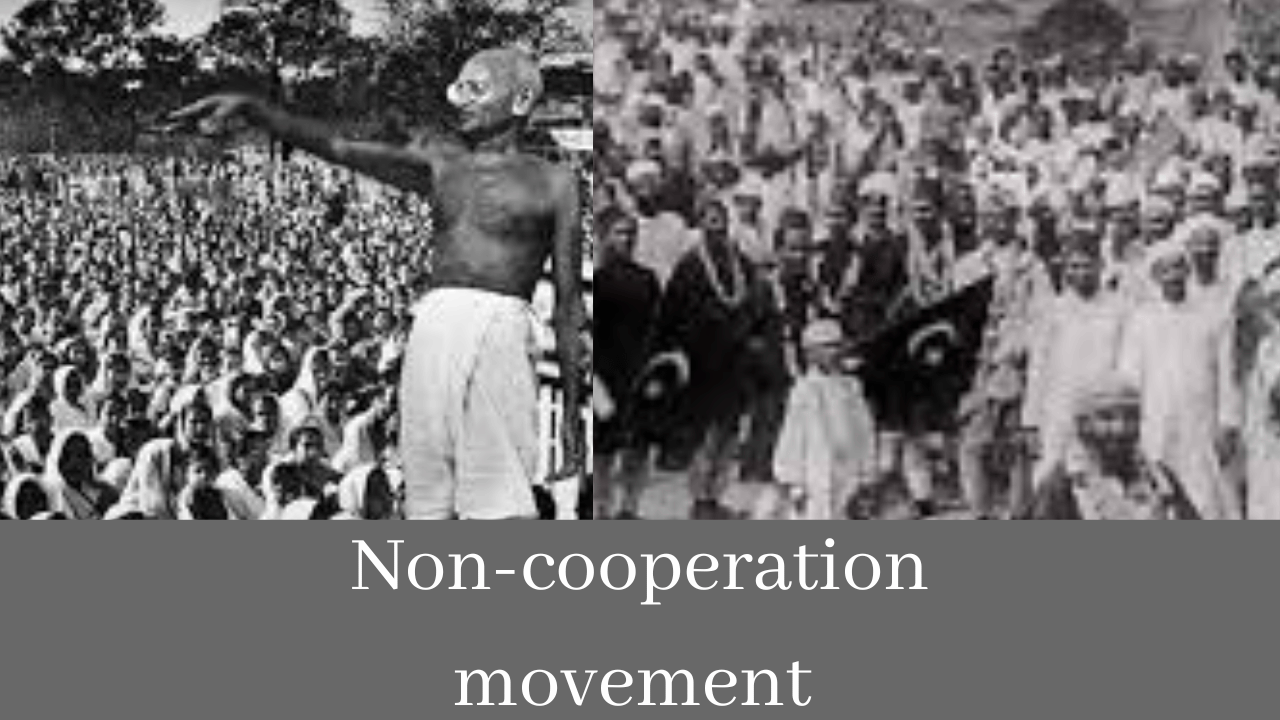Early in the 16th century, the Portuguese made their way to India to develop commerce and grow their empire. They were successful in establishing their control over Goa, Daman, and Diu, and they rose to the top of the commerce network in the Indian Ocean. But when other European nations, including the British and the Dutch, started to settle in India, the Portuguese found themselves up against more opposition and pressure.
The collapse of Portuguese authority and influence in India, as well as the loss of control over trade routes, were major factors in their demise. Their final demise was also influenced by Indian resistance and insurrection against Portuguese control.
Despite these difficulties, the Portuguese had a lasting impact on India, introducing new cultural and religious traditions, building stunning architectural works, and influencing both the language and history of the country.
One of the first European nations to reach India was Portugal, which began to control and have an impact there in the 16th century. The Portuguese kingdom in India, which at its height stretched from Goa to Daman and Diu, was a significant participant in the Indian Ocean commerce network. Portuguese control in India, however, was short-lived; by the 18th century, their influence and strength had substantially diminished. Competition with other European countries, loss of control over trade routes, a decline in Portuguese authority and influence, and Indian opposition and rebellion against Portuguese rule were all factors in the Portuguese’s demise in India.
Despite the end of Portuguese control in India, their legacy lives on in the nation today via the impact they had on Indian history, culture, and language, as well as through the presence of Portuguese architecture and heritage in India.
Portuguese contributions to Indian culture and society
Throughout their time in India, the Portuguese made several contributions to Indian culture and civilization. They introduced fresh religious ideologies like Christianity, which had a profound effect on Indian culture. Impressive churches and other buildings that combine Portuguese and Indian architectural styles are still part of India’s Portuguese legacy and architecture.
Numerous Portuguese words and phrases entered regional dialects, influencing the Indian language as well. The addition of new foods and cooking methods, as well as their effect on Indian cuisine, further enhanced the nation’s rich cultural legacy. Overall, the Portuguese had a significant influence on Indian society and culture, and their contributions are still appreciated and honored today.
foods and cooking methods that enhanced Indian cuisine and contributed to the nation’s extensive cultural history Additionally, the Indian language has been influenced by Portugal, with some Portuguese words and expressions blending into regional dialects.
The Portuguese contributed to the growth of the commercial network in the Indian Ocean, and their entrance into India signaled the start of a new age of trade and commerce that had a significant impact on the area. Overall, the Portuguese left a lasting mark on Indian society and culture, and their influence is still seen today.
Different Factors in the Decline of Portuguese in India
Over several centuries, the Portuguese empire in India slowly began to fall apart. The decrease of Portuguese authority and influence, rivalry with other European countries, the loss of control over trade routes, Indian resistance, and rebellion against Portuguese rule were a few of the elements that contributed to it.
Other European nations, like the Dutch and British, began to establish themselves in India, which resulted in heightened rivalry for the Portuguese, who were under pressure to preserve their control over trade routes and their influence in the area.
Portuguese authority and influence declined as a result of both external and internal forces, including economic hardship and political instability. Their demise was also influenced by local communities’ attempts to recover their independence and revolt against Portuguese authority through Indian resistance and insurrection. Despite these difficulties, the Portuguese legacy in India continues to exist thanks to their impact on Indian society and culture, the Portuguese-influenced buildings and heritage that are still present there, and their long-lasting influence on Indian history.
The loss of control over trade channels was one of the main causes of the Portuguese downfall in India. As other European countries, including the Dutch and the British, started to arrive in India, the Portuguese found themselves under more competition and pressure despite having established themselves as a dominant force in the Indian Ocean trade network. Portuguese authority and influence in the region decreased as a result of this rivalry, which also caused them to lose control over important trade routes. Other European nations developed their trading networks and competed with Portuguese supremacy, making it difficult for the Portuguese to retain their monopoly on the spice trade.
The Portuguese economy was significantly impacted by this loss of control over trade routes, which also led to their collapse in India. The Portuguese’s position in the region deteriorated as a result of their reduced ability to generate the same level of wealth and influence through commerce. One of the main causes of the Portuguese empire’s demise in India was the loss of control over trade routes, which also signaled the start of a new period of rivalry and power conflicts among European nations in the area.
Indian resistance and rebellion against Portuguese rule
Another significant aspect that contributed to the collapse of the Portuguese in India was Indian resistance and insurrection against Portuguese control. Portuguese settlers in Goa, Daman, and Diu encountered opposition from locals who wanted to restore their freedom and rebuff Portuguese domination. This opposition manifested itself in a variety of ways, including armed insurrection, local uprisings, and defiance of the Portuguese government.
During their time in power in India, the Portuguese faced many significant uprisings, notably the Hindu-Maratha movement in the 17th century, which threatened Portuguese dominance in the area. Local chieftains and leaders who wished to preserve their independence and oppose Portuguese control also resisted the Portuguese. The Portuguese faced a huge obstacle in their resistance, which led to their collapse in India.
The local populace resisted the Portuguese despite their best efforts to retain authority, and this opposition contributed to their final demise. The Indian uprising and resistance to Portuguese control were a monument to the fortitude and tenacity of the local people and signaled a turning point in Portuguese dominance in India’s history.
Portuguese Architecture and Heritage in India
India continues to be influenced by Portuguese culture and architecture today. Impressive churches, convents, and other constructions fusing Portuguese and Indian architectural forms were created by the Portuguese during their dominion over India. These buildings are evidence of the Portuguese heritage in India, many of which are still standing today. The “Basilica of Bom Jesus in Goa,” the “Se Cathedral in Goa,” and the Church of St. Francis of Assisi in Cochin are among India’s most renowned examples of Portuguese architecture. These buildings, which are well-known tourist attractions, are said to be some of the best specimens of Portuguese colonial architecture in the whole globe.
The Portuguese also constructed forts, palaces, and other public buildings that show their impact on Indian architecture in addition to their religious monuments. These buildings serve as significant showcases of Portugal’s cultural legacy in India and as evidence of the long-lasting effects of Portuguese rule. Portuguese architecture and heritage are a priceless legacy of the Portuguese era in India, and they remain an important component of the nation’s cultural heritage.
Conclusion
Competition from other European countries, loss of control over trade routes, a decline in Portuguese authority and influence, and Indian opposition and revolt against Portuguese rule were all factors that contributed to the Portuguese’s demise in India. Despite these difficulties, the Portuguese had a significant effect on India’s architecture and legacy, which still play a significant role in the nation’s cultural heritage.
The Portuguese-built forts, churches, convents, and other buildings are evidence of the Portuguese heritage in India and serve as a reminder of the country’s continued influence as a result of Portuguese control.
Portuguese architecture, religion, and language all had a significant impact on Indian culture and society. This effect can still be seen in India today. A pivotal point in the histories of Portugal and India, the Portuguese collapse in India signaled the start of a new period of rivalry and power conflicts among European countries in the area.




